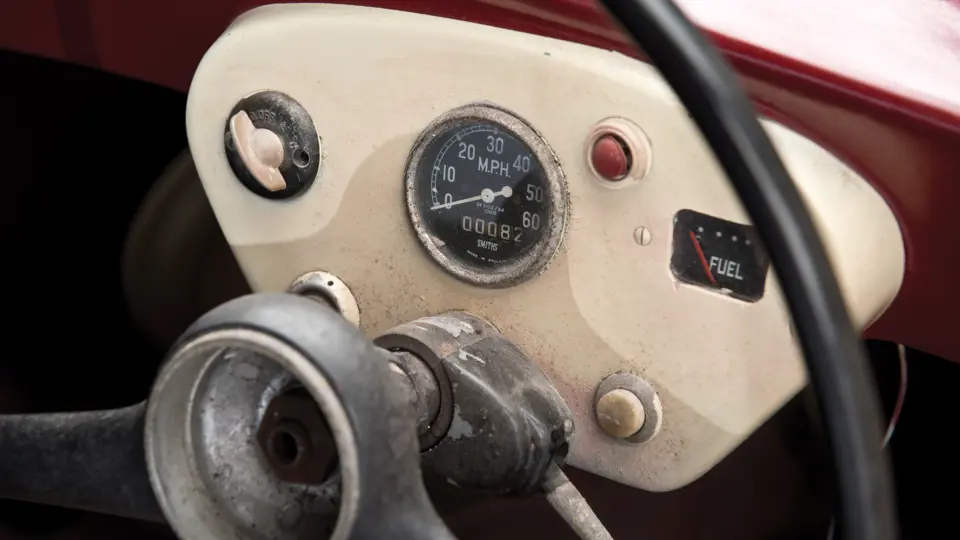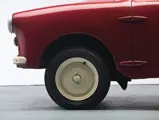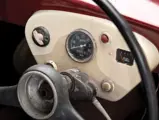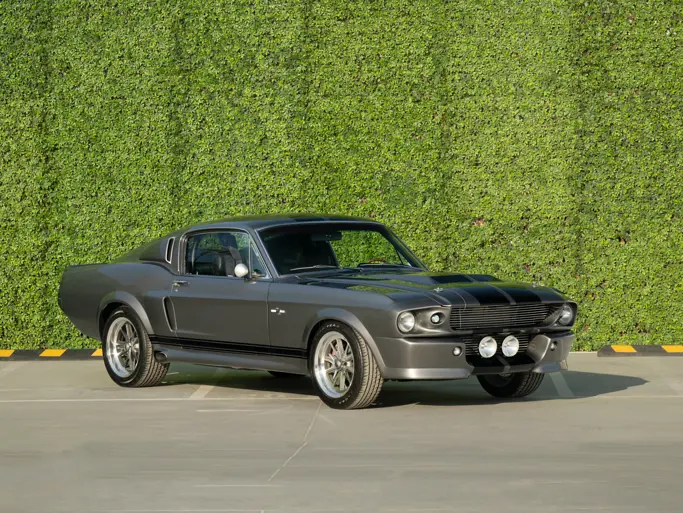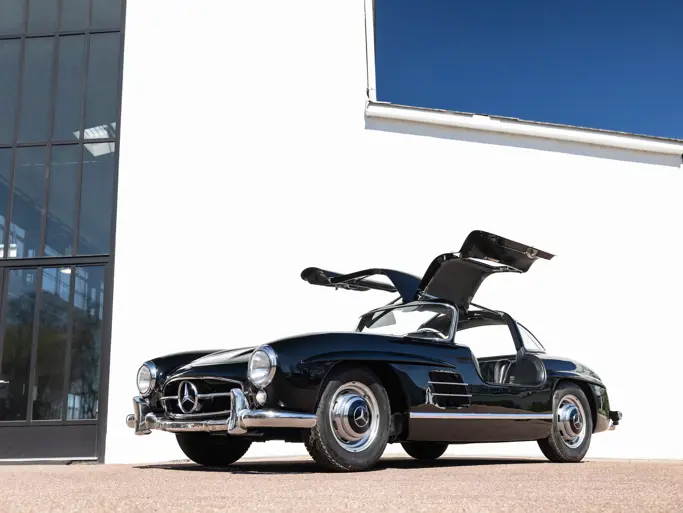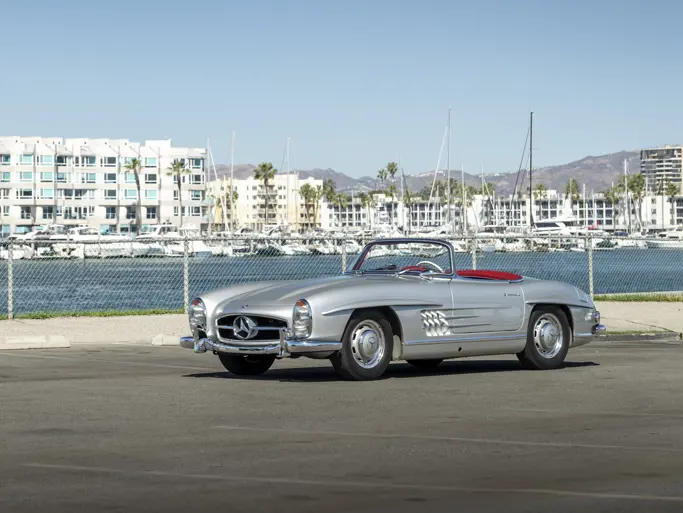A microcar offered as a factory kit, here with a larger motor.
SPECIFICATIONS
Manufacturer: S.E. Opperman Ltd.
Origin: Boreham Wood, Hertfordshire, England
Production: 200
Motor: Excelsior 2-cyl., 2-stroke
Displacement: 328 cc
Power: 18 hp
Length: 9 ft. 6 in.
Identification No. N/A
S.E. Opperman was a very long-established general engineering firm, and it moved to Stirling Corner, Boreham Wood in 1940. Their Opperman Motocart, a small three-wheeled tractor for farm and factory use, was a great success and was produced from 1949 to 1961.
The firm was fully occupied with a bewildering variety of engineering projects, and not surprisingly, they noted the growing interest in microcars. They entered this competitive field at the 1956 London Motor Show with the Unicar, where it was the cheapest car at the show. Being a four-wheeler, however, it required payment of the full road fund license, unlike its three-wheeled competitors who paid only half. In order to reduce the price, it was offered as a kit by the factory, avoiding the purchase tax. Design credits are alternately given to Lawrie Bond, or more authoritatively to George Trolley. There was no bonnet or boot lid, and the basic child seats in the rear were located on either side of the engine hatch. The early models were powered by a British Anzani motor of 322 cubic centimeters, making 15 horsepower, but late cars, like this Model T, had the bigger motor. Two attractive but ill-fated Opperman Stirling prototypes followed in 1958. This example presents as an older restoration in red with a cream roof and wheels. The minimalist attributes that helped it compete in price point are embodied by its lack of ornamental brightwork and complicated shapes in the body panels.




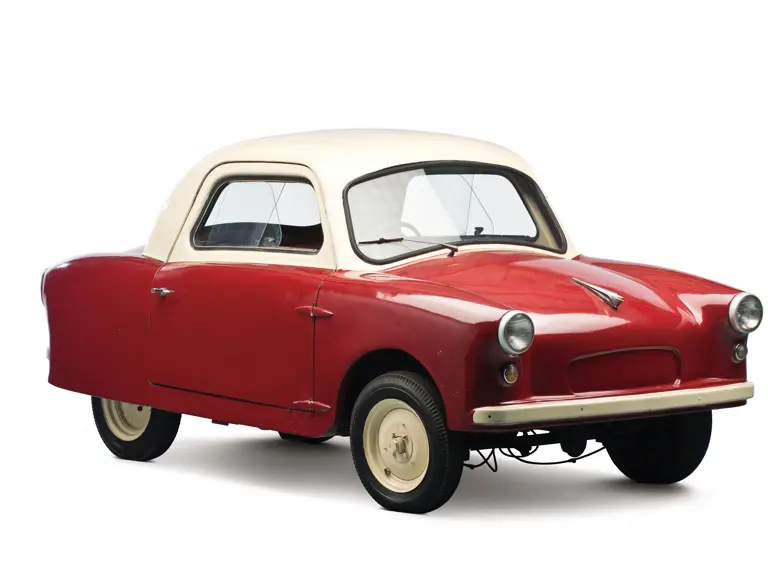
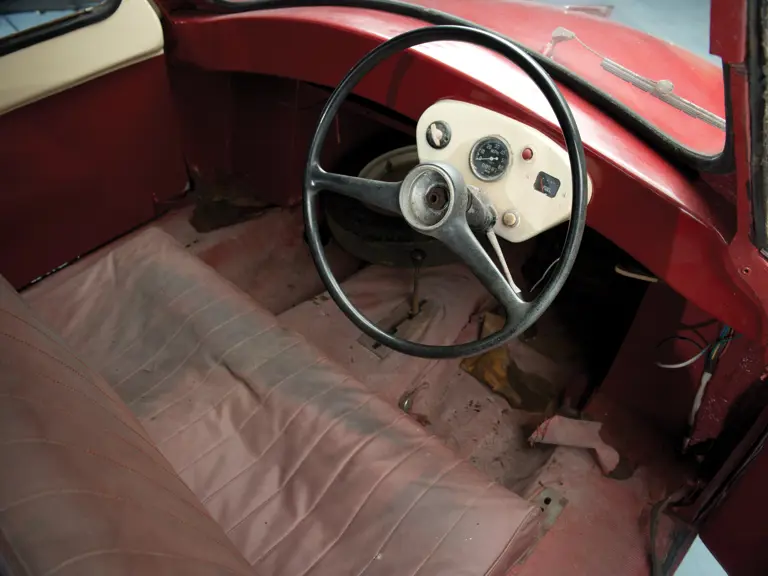
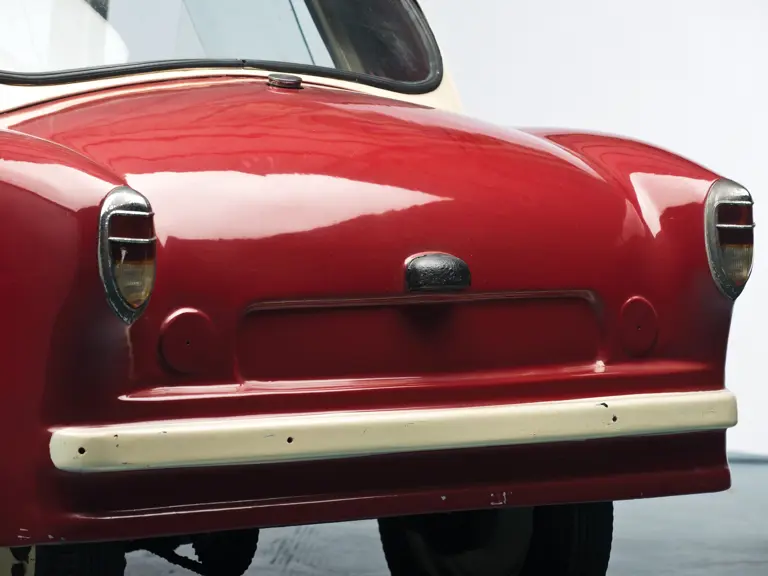

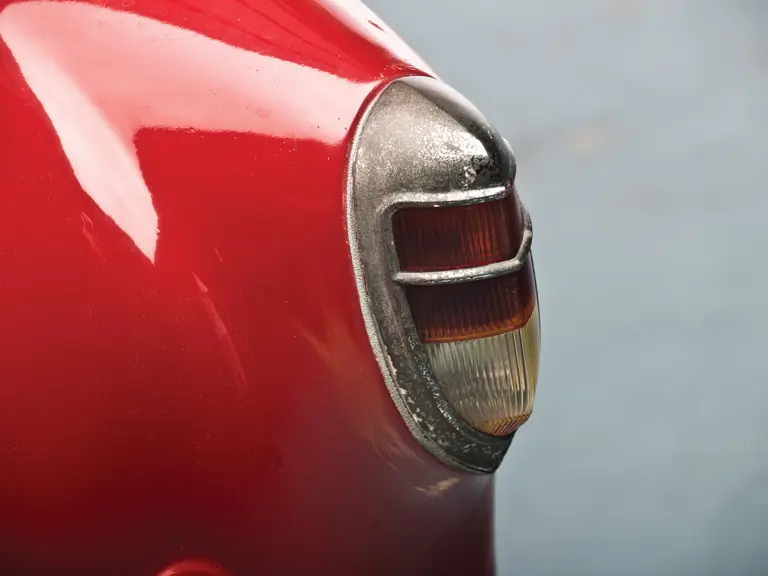
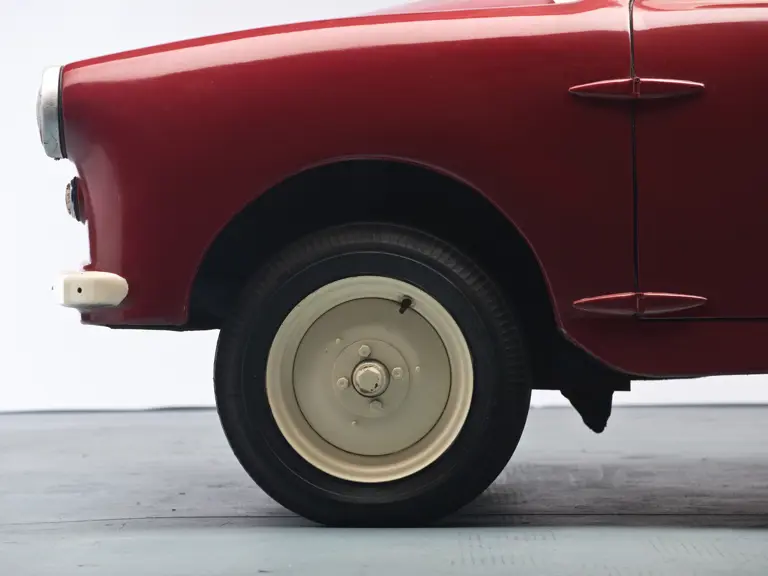
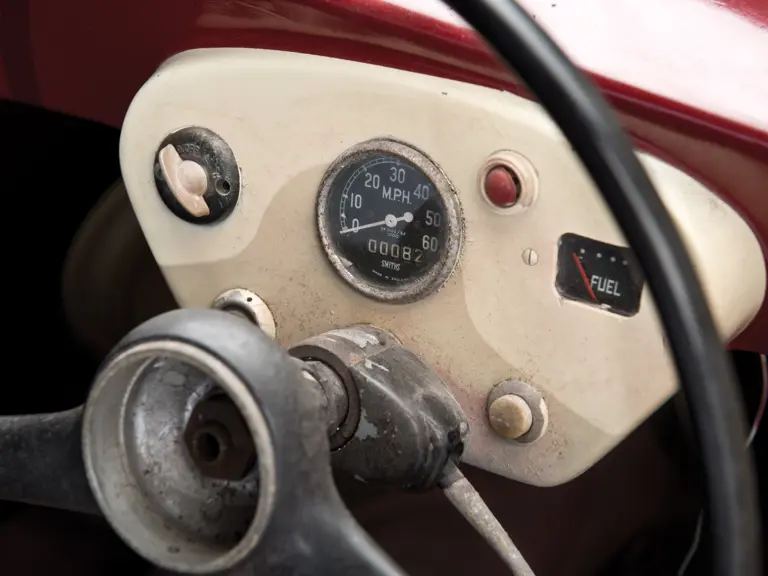
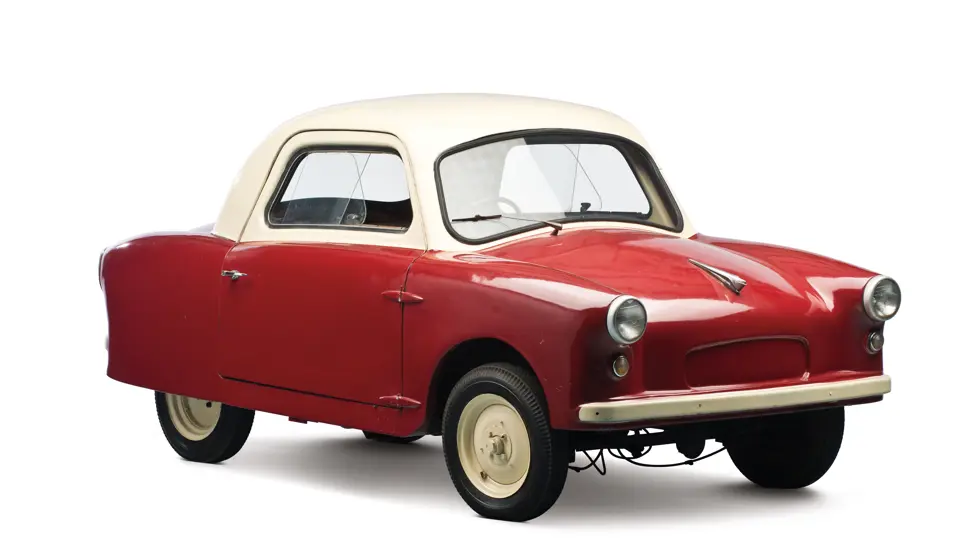
 | Madison, Georgia
| Madison, Georgia


